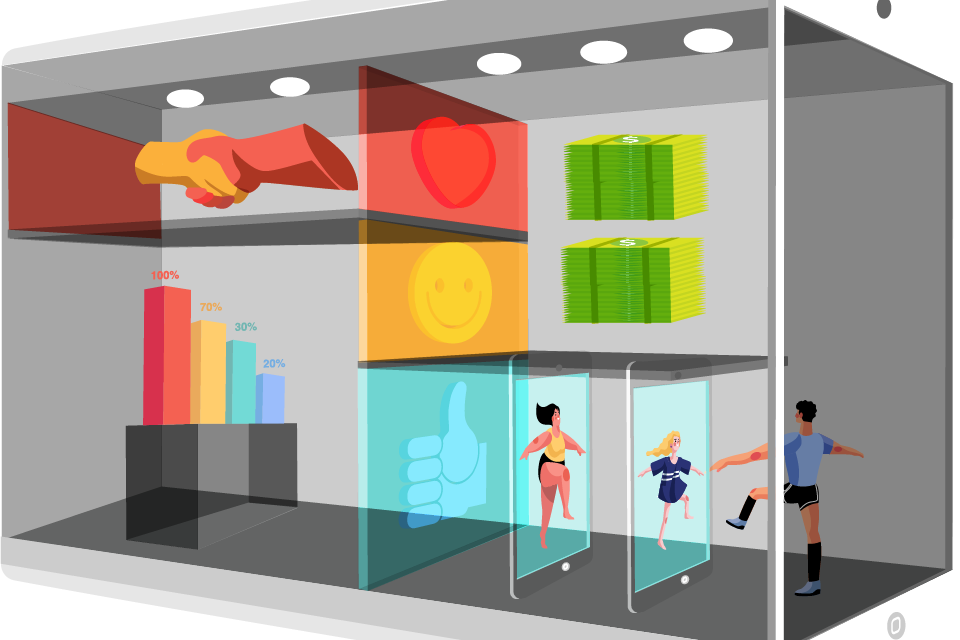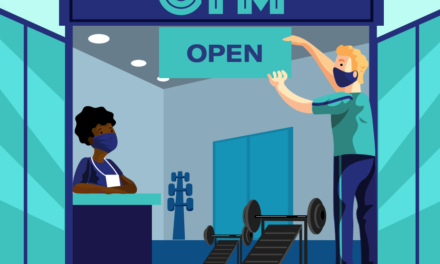COVID-19 undoubtedly has altered gyms & studios across the globe, and with uncertainty still prevalent, it is challenging to accurately speculate what the future looks like for the industry as a whole. Some are predicting a demise, with some clubs closed forever, as certain users have become accustomed to exercising at home, and are reluctant to surrender that convenience and relative safety.
Others recognize the value that gyms & studios bring in terms of variety, expertise, programing, and socialisation, and foresee them recovering slowly but steadily, with changes from pre-pandemic operations and services. Here are some key considerations on what’s necessary for the industry to thrive moving forward.
Creativity and Flexibility
It’s unlikely that the gym industry will go back to pre-COVID standard operating procedures anytime soon. Health clubs and studios must reinvent themselves to recruit and retain members in light of:
Health and safety concerns
Varying daily schedules due to working from home and school changes
Preference for virtual workouts or exercise on home equipment
Unemployment and reduced spending
For gyms & studios to survive, creativity and flexibility are imperative when it comes to services, programs, memberships, and more. For example, some gyms may expand their membership options to include shorter-term memberships, monthly memberships without a contract, virtual-only memberships, drop-in or specific service memberships and more.
Other studios may change their group fitness offerings to smaller classes at different times of the day to accommodate more members who now are working from home. Or clubs can offer special population hours for individuals who have health concerns and prefer attending at less busy times.
Expanded Options
Experts predict that to be successful moving forward, clubs and studios must become more than simply a place to exercise within four walls. They need to have a digital offering that members can engage with any time, anywhere, that complements or temporarily replaces in-person club visits. Virtual fitness can include group classes for various populations, small group training (SGT), individual training, and more, which can attract those beyond the traditional pool of local users.
Beyond digital, personal trainers can build a business with home sessions as well. Nutrition seminars, weight loss programs, and meditation sessions are additional ways to engage members and generate revenue.
Training outdoors can be another great way to broaden services, offered on-site if possible or at a local park or beach where people may feel more comfortable exercising. This can extend to classes, small group training (SGT), and even running or cycling workshops or clubs.
You may also consider hosting day camps or children’s activities to provide child care in areas where schools are not fully reopened.
Wellness Positioning
Gyms & studios need to promote themselves as more than a place to sweat, but as a valuable resource for one’s overall physical and mental health. With more people recognising the importance of physical activity in maintaining a strong immune system and reducing the risk of disease, clubs have an opportunity to capitalise on a larger audience of potential new members.
The bottom line? Gyms & studios must embody resiliency and confidence that they can succeed under the new reality during and post COVID.



